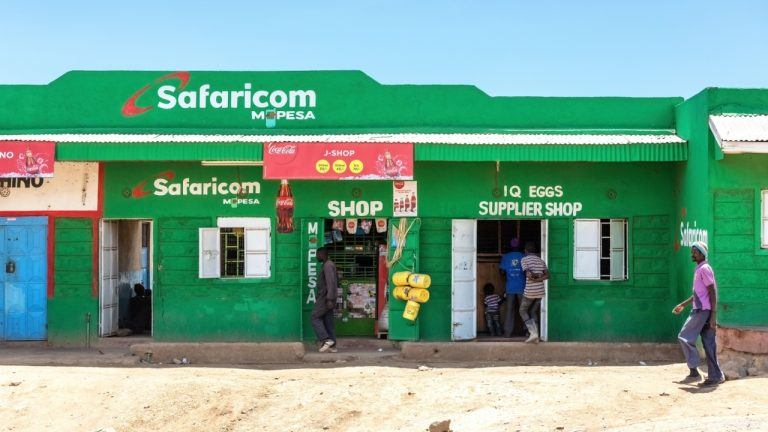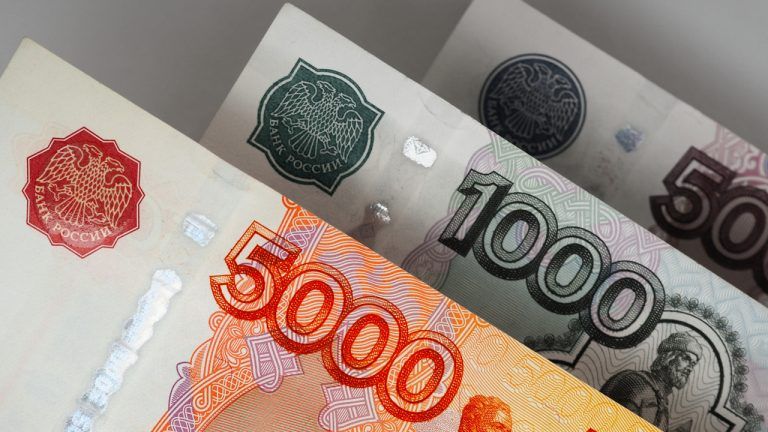
The Brazilian Securities and Exchange Commission (CVM) has opened the doors for investment funds to invest in cryptocurrency. Resolution 175, drafted last year and coming into effect on October 2, defines the rules these institutions must follow to invest in crypto, with analysts predicting a rise in interest in the sector.
Brazilian CVM Resolution 175 Comes Into Effect
Resolution 175, introduced by the Brazilian Securities and Exchange Commission (CVM) last year, came into effect on October 2, officially opening the possibilities for investment funds to invest directly in crypto in Brazil. Brazilian analysts declared they believe the resolution will bring institutions to pursue more opportunities in the cryptocurrency sector.
Now, investment funds can invest up to 10% of their portfolio in digital assets. However, there are some limits put forth by the CVM, as these institutions are only allowed to purchase cryptocurrencies from exchanges approved by the country’s central bank or international regulatory bodies.
According to Caio Sanas, partner at Caio Sanas Lawyers, this reduces the options for investment funds. Sanas explained that besides the U.S.-based cryptocurrency exchange Coinbase, there are not many companies capable of fulfilling the CVM requirements with the liquidity needed to supply Brazilian institutions with the crypto demanded.
However, the resolution is seen to recognize and legitimize the interest of institutions in cryptocurrency assets. Henrique Lisboa, a capital markets partner at VBSO Advogados, stressed that the CVM “recognized the interest of investors and managers in exploring the opportunities of the crypto-economy” with this regulation.
Limits to Protect the Market
The limitation on the number of exchanges available also results in a limit on the number of crypto assets available for purchase, indirectly conditioning investment funds to only invest in cryptocurrencies listed by these exchanges. Sanas further explained that the 10% investing limit was necessary to protect investors from market falls like the one experienced when FTX went bankrupt last year.
Sanas stated:
If the funds had invested the 10% allowed in FTX crypto assets, what would have happened? The resolution advanced with the necessary precautions for a financial or capital market. It is the CVM’s role to defend investors.
Furthermore, he explained that funds had only effectively allocated from 1% to 3% in digital assets, as the current market conditions have not contributed to a larger movement from these market actors into crypto.
What do you think about Brazilian investment funds allocating part of their portfolio to cryptocurrency assets? Tell us in the comments section below.
Bitcoin News








Leave a Reply
You must be logged in to post a comment.